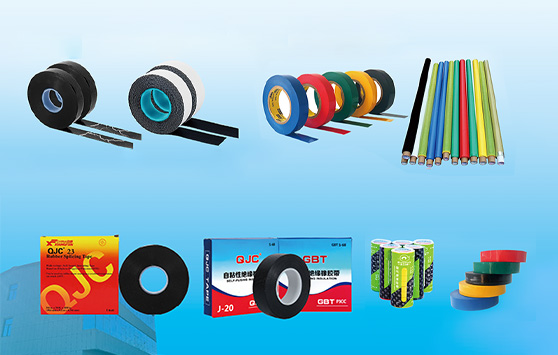The Importance of Thermal Insulation Tape for High-Temperature Applications
In industrial settings and various engineering applications, the management of heat is a critical factor that can significantly impact efficiency, safety, and durability. One of the key solutions for addressing high-temperature challenges is the use of thermal insulation tape. This specialized tape is not just an accessory but a fundamental component for many systems requiring heat management.
What is Thermal Insulation Tape?
Thermal insulation tape is designed to withstand high temperatures while providing effective thermal insulation. Typically made from materials such as fiberglass, silicone, or mineral wool, this tape serves to minimize heat transfer between surfaces. It is frequently used in a wide range of industries, including aerospace, automotive, manufacturing, and HVAC (heating, ventilation, and air conditioning).
Key Properties of High-Temperature Thermal Insulation Tape
1. Temperature Resistance One of the primary features of thermal insulation tape is its ability to resist extreme temperatures. Many types are engineered to handle temperatures exceeding 500°F (260°C), making them ideal for applications like exhaust systems in vehicles or components in high-heat industrial processes.
2. Durability High-temperature environments can lead to tape degradation, but thermal insulation tape is designed for longevity. It can withstand not only heat but also exposure to chemicals, moisture, and abrasions, ensuring that it remains effective over time.
3. Flexibility and Adhesion A good thermal insulation tape offers the ability to conform to various surfaces, which is vital in applications where contact points may not be uniform. The adhesive used is typically formulated to resist high heat while providing a strong bond to ensure no peeling or lifting occurs.
Applications of Thermal Insulation Tape
thermal insulation tape high temperature

The versatility of thermal insulation tape allows it to be used in an array of applications
- Aerospace In the aerospace industry, thermal insulation tape can be found in engine components and areas exposed to extreme fluctuations in temperature. It helps in maintaining structural integrity and enhancing the efficiency of thermal systems.
- Automotive Automotive manufacturers use thermal insulation tape on exhaust components, fuel lines, and electronic wiring that may be exposed to high temperatures. This protects sensitive parts from heat damage and improves overall vehicle performance.
- HVAC In heating, ventilation, and air conditioning systems, thermal insulation tape is used to insulate ducts and pipes to reduce energy loss and improve efficiency. By minimizing heat transfer, it ensures that systems operate effectively while lowering energy costs.
- Industrial Equipment Various machinery and manufacturing processes require optimal heat management to ensure safety and performance. Thermal insulation tape provides necessary protection for hot surfaces, preventing accidental burns and equipment failures.
Conclusion
As industries continue to evolve and push the boundaries of technology, the demand for efficient thermal management solutions is greater than ever. High-temperature thermal insulation tape is not only essential for improving system efficiency but also plays a crucial role in enhancing safety and performance across numerous applications. When choosing the right insulation tape, it is critical to consider factors such as temperature resistance, durability, and adhesion properties to ensure optimal performance in high-temperature scenarios.
In summary, thermal insulation tape is a fundamental tool in modern engineering, providing vital protection against heat transfer and contributing to the overall efficiency and safety of various systems. Whether you're in aerospace, automotive, HVAC, or another industry, investing in quality thermal insulation tape can lead to significant long-term benefits, including reduced maintenance costs and improved operational reliability.
-
XIANGFAN Rubber Tape-Ultimate Solutions for All Your Insulation NeedsNewsJun.24,2025
-
XIANGFAN Rubber Tape-Protection for Industrial and Residential ApplicationsNewsJun.24,2025
-
XIANGFAN Rubber Tape: Superior Safety and Sealing for Demanding EnvironmentsNewsJun.24,2025
-
XIANGFAN Rubber Tape: Reliable Solutions for Every Electrical ChallengeNewsJun.24,2025
-
XIANGFAN Electrical & Industrial Tape: Powering Reliability Across IndustriesNewsJun.24,2025
-
XIANGFAN Electrical & Industrial Tape: Excellence in Every ApplicationNewsJun.24,2025
